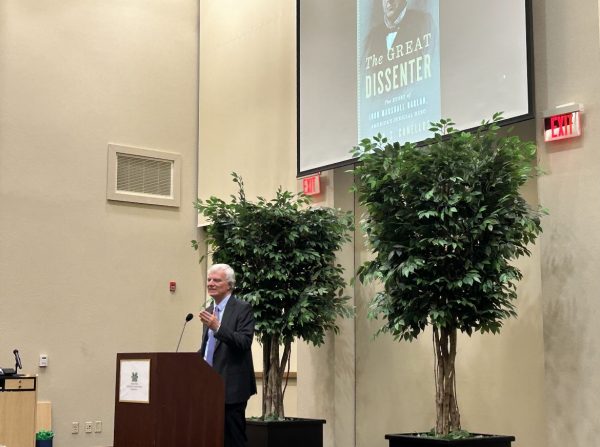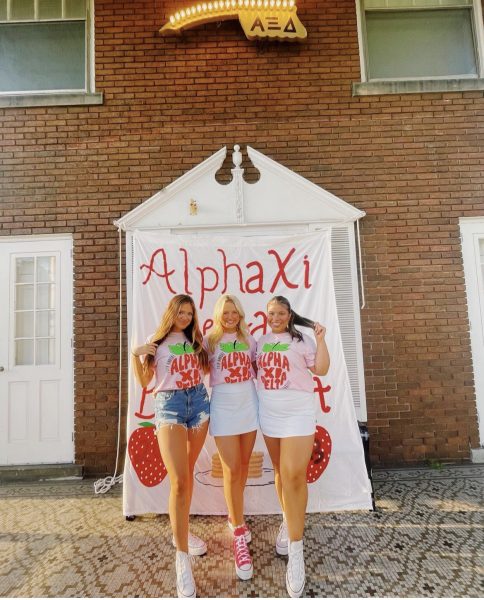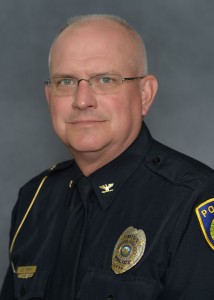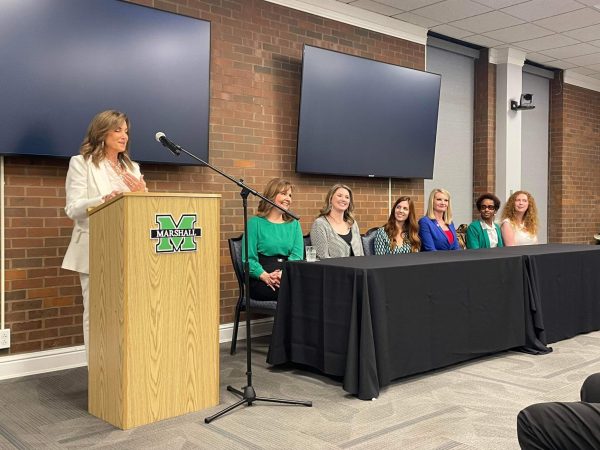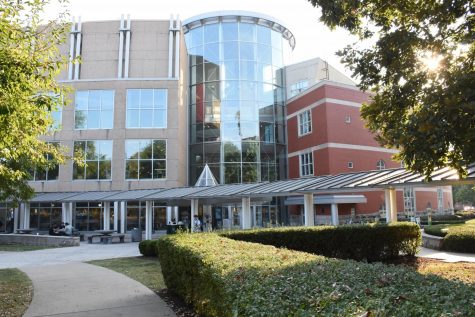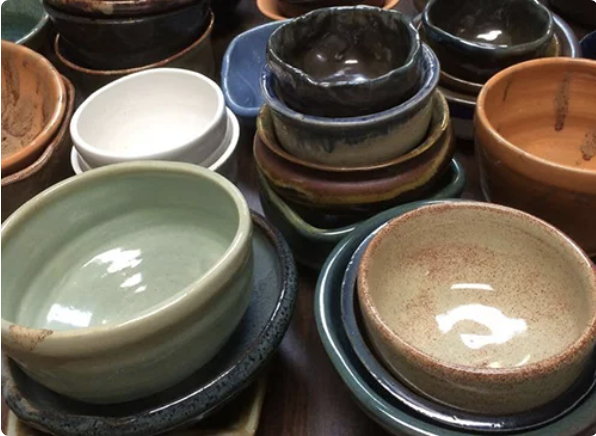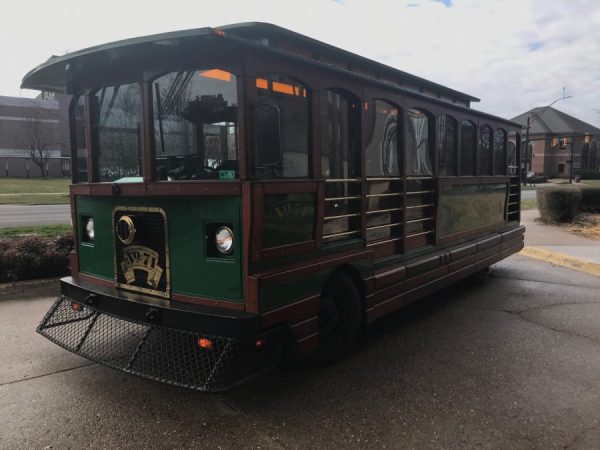East Hall Soon to Become Marshall University’s Intercultural Center
Marshall University’s Intercultural Center will soon take place in East Hall with the goal of creating an inclusive environment on campus.
“As the VP of Intercultural Affairs for the University, and I’ve been here for 18 years, it is my personal belief that all universities these days should have cultural centers. Many do, and many don’t,” said Maurice Cooley, vice president for Student and Intercultural Affairs.
The building that many students now known as a virtual learning hub has had many different roles throughout the University’s history.
The building has been known in recent years as the INTO center where students can learn about studying in different countries, but the goal is to have a new Intercultural Center by January 2022 said Cooley.
This idea has been in progress since June of 2020, when Cooley wrote up his idea for the space that East Hall occupies.
His goal is to create a place that welcomes everyone. “Students of all kinds of places, and religions and ideologies that we have in our lives. A place where we can find the emergence of that, so that people can grow and learn from other people, because the University’s role in part is to prepare our students to become leaders in global society,” said Cooley.
The Intercultural Center will take up the majority of the upstairs floor as well as some of the downstairs floor in East Hall. However, the building will also be host to the FAM (Friend at Marshall) program that freshman students are involved in, as well as The English Language Institute.
All three programs will work alongside one another to provide many opportunities within the building.
Also inside will be multiple different centers including Black United Students Center, LGBTQ+ centers, international student center, learning and resource centers and more.
“The University should be structured and tailored so that students are exposed to programs, opportunities, initiatives and activities… But also, a big place where much of this can be intentionally designed, and it is there every day,” said Cooley.
The progress for the center has been slowed down by the Covid-19 Pandemic.
The idea being new has not had too much of an effect, however when the plans for designing the new building came into play it was put on hold.
Cooley said the place was already designed well to hold the center, but when it comes to decor, he has big plans.
Everything they planned to order even down to the paint has been placed on back order due to the pandemic.
The original goal was to have the center completed by homecoming week, but that had to be pushed back due to their inability to get the supplies they needed to redecorate the Center.
“It will probably take a year or so for students at Universities to get comfortable by being in a place where there are people socializing and learning and doing interesting things… We will have a lot of structured programs and activities; discussions, showcases, presentations, films, and others, said Cooley.
The goal of the center is to be a place for students and faculty to all feel welcome at the center.
“While this environment may house certain sub-populations, don’t get us wrong for a minute. The Intercultural Center is not designed for the populations that are housed there The Intercultural Center is designed for all people in the University… It is designed primarily for others,” said Cooley.
The center will be a place for all students to feel welcome to learn from one another.
Cooley said that roughly 70% of our students here at Marshall are chiefly West Virginia students, many have not faced the diverse experiences that they should learn of another’s culture, race, and ethnic group.
“The students don’t know yet that they will be stimulated positively by being in a place that they had not imagined, and that will influence them positively to seek a further sense of association and learning from people who will be there with them,” said Cooley.
The center will be a place that students can use daily, for meeting rooms and events.
The FAM program being within will also create a flow of students into the building showing them what is available through the Intercultural Center.
Their goal is not only to host events and activities of their planning, but to collaborate with anyone on campus who feels they have an idea or cause to be celebrated, said Cooley.
“99% of who we are and what we like, and our values and goals and what brings us joy and excitement are the same. We might look different, our colors may be different, we may originate from different geographical boundaries, and our families might be different, but we are 99% the same. But we think we are not,” said Cooley.
Your donation will help continue the work of independent student journalism at Marshall University. If you benefit from The Parthenon's free content, please consider making a donation.


